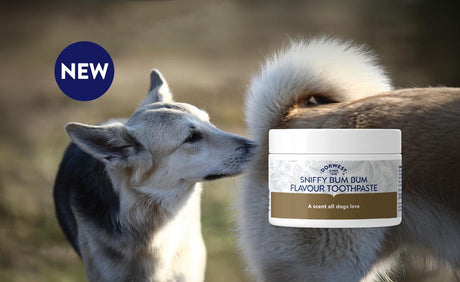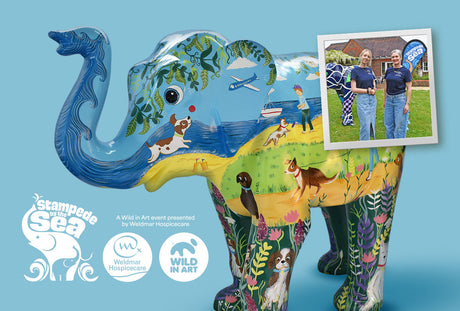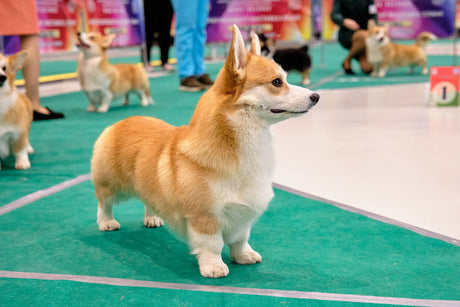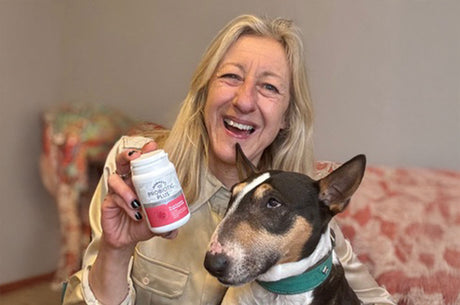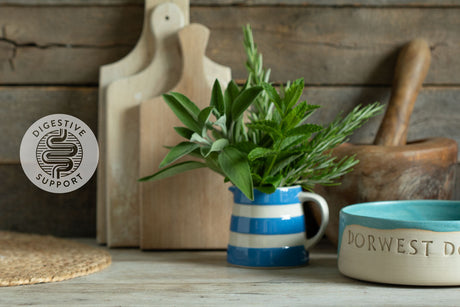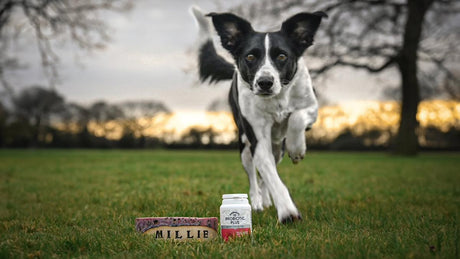
Each month, we will be highlighting a vulnerable native breed to help raise awareness to their declining numbers.
September’s breed of the month is the Bloodhound!
A widely recognised dog from the Disney classics, The Fox & The Hound and The Lady & The Tramp, the Bloodhound has been bred and developed since before 1300.
Size: Large
Exercise requirements: More than 2 hours per day
Size of home: Large house with good sized garden
Coat length: Short
Sheds: Yes
Lifespan: Under 10 years
Energy level: Average
About the breed
The Bloodhound is a large scent hound, originally bred and developed in Britain for hunting deer and wild boar since the Middle Ages. Their tracking instinct makes them ideal scent hounds and are used by police and law enforcement all over the world. Along with their excellent sense of smell, they can even discern human scent over great distances, even days later which makes them invaluable for missing person cases.
Defining features:
A muscular build with a long, wrinkled face, drooping ears and deep-set eyes. The Bloodhound’s smooth, short and weatherproof coat carries three possible colour combinations: black & tan, liver & tan and red.
Adult dogs tend to reach sizes of 66 cms (26 ins) and bitches 61 cms (24 ins).
Why are they a vulnerable breed?
The Kennel Club define a breed with fewer than 300 new registrations per year, a vulnerable native breed. The number of Bloodhounds registered in the UK in 2017 was only at 88 and has since dropped to 38 in 2022. With responsible breeding, the Bloodhound’s gentle, patient and mild-mannered temperament can make them ideal as family pets.
If you think the Bloodhound would make a good fit for your home, it’s essential you know what health issues may be found in the breed and ensure your breeder has carried out all the necessary tests, recommended by The Kennel Club. Follow the links below for more information!


